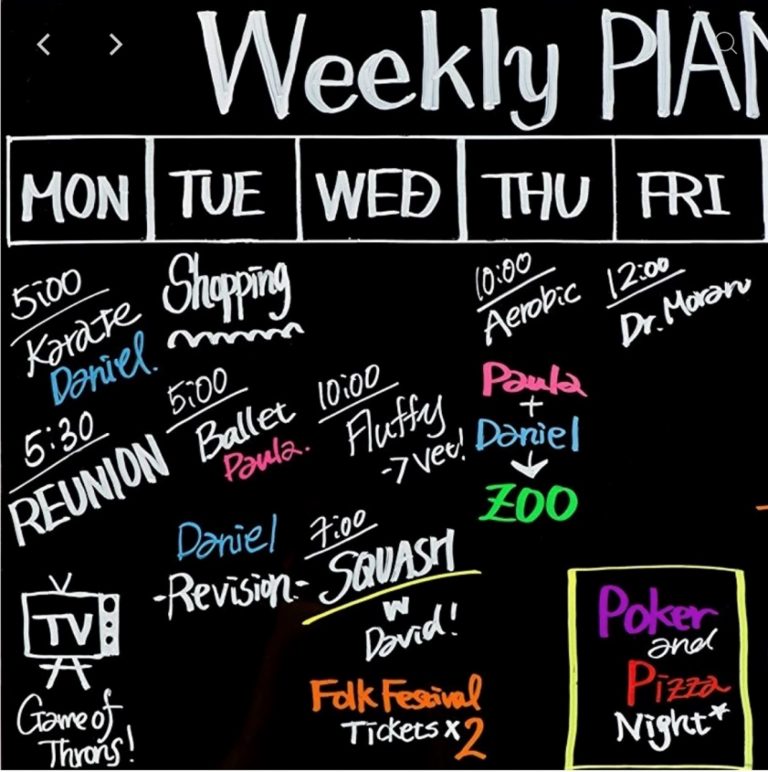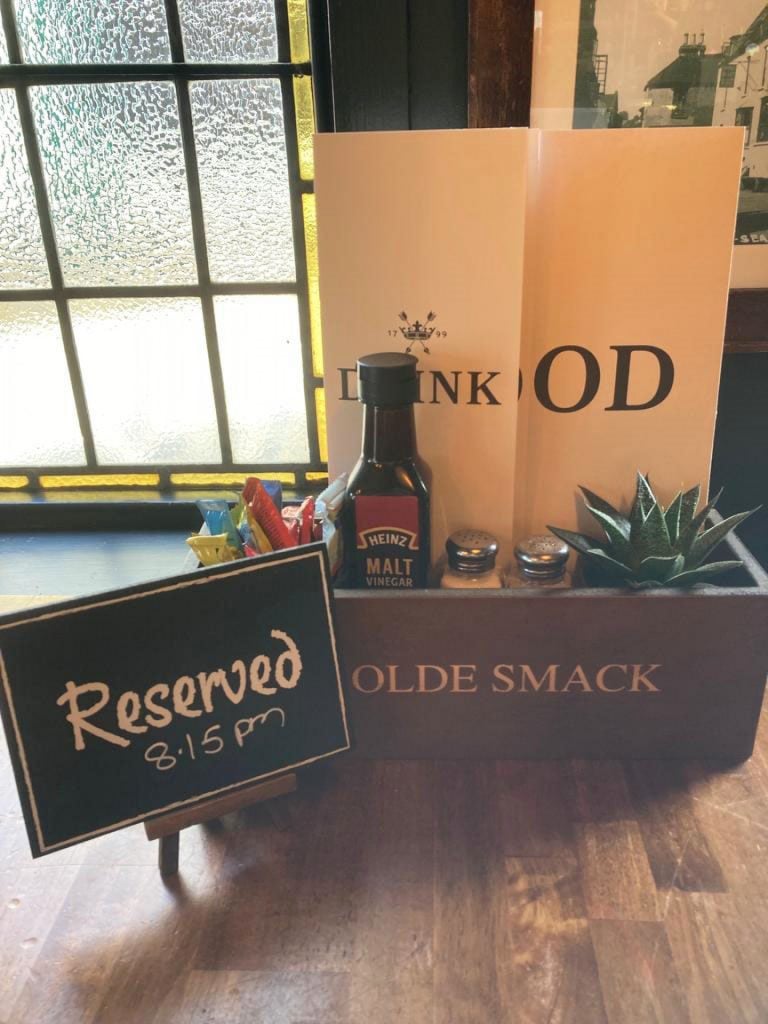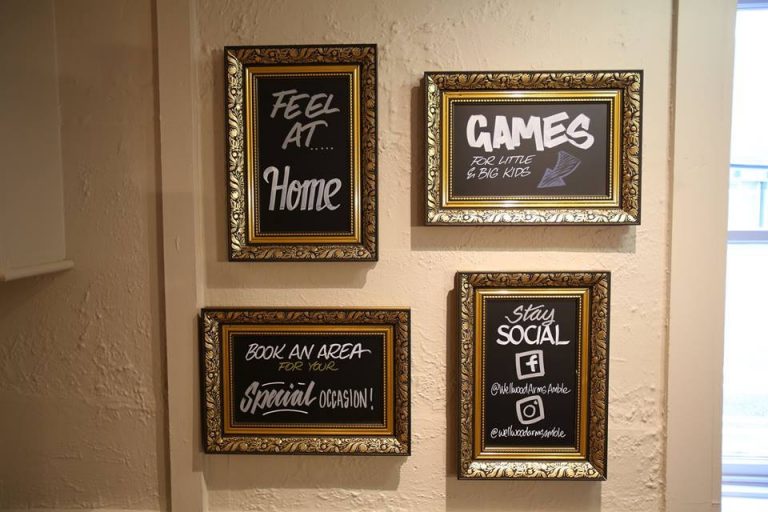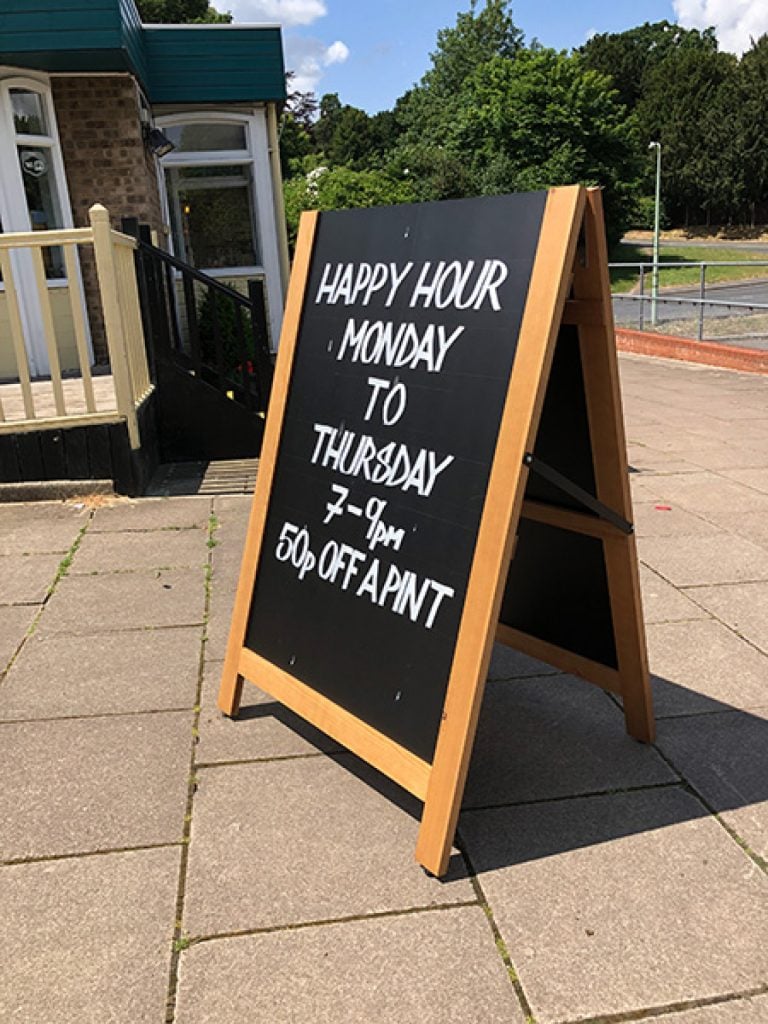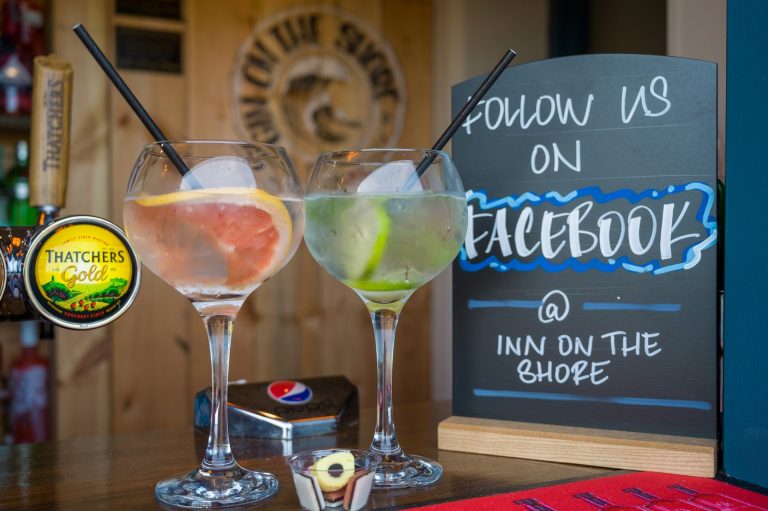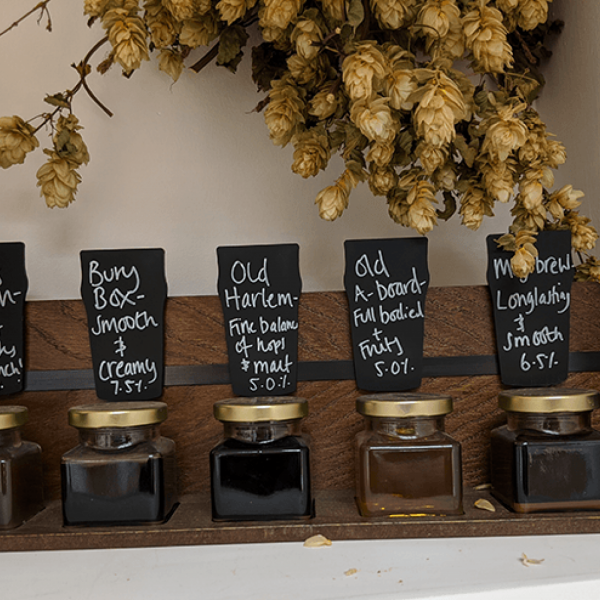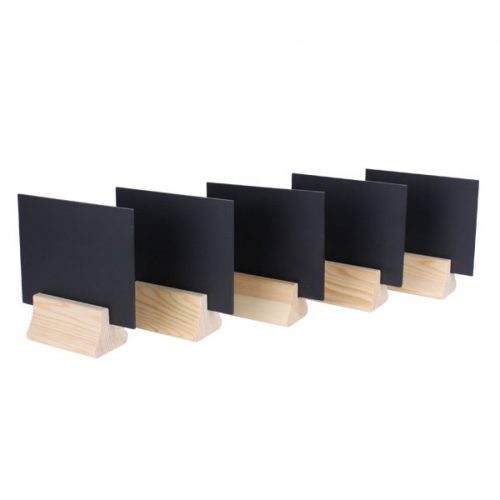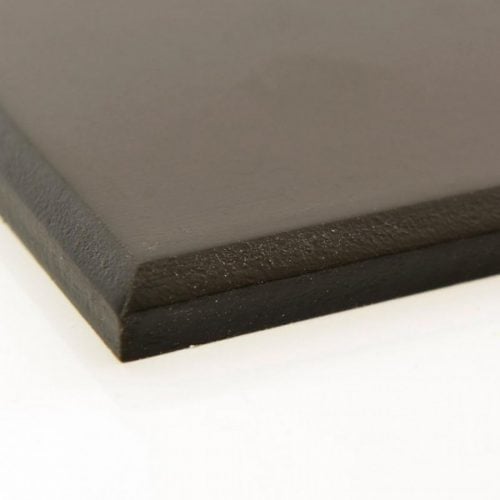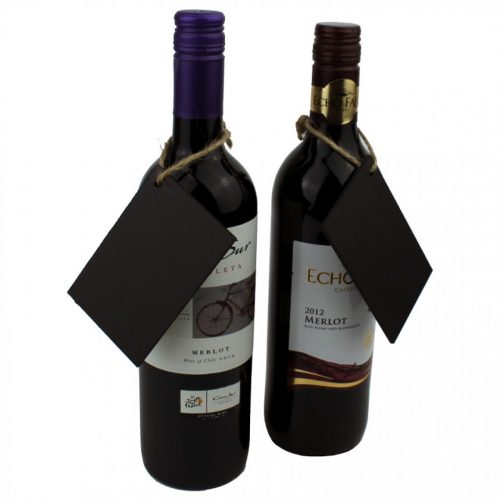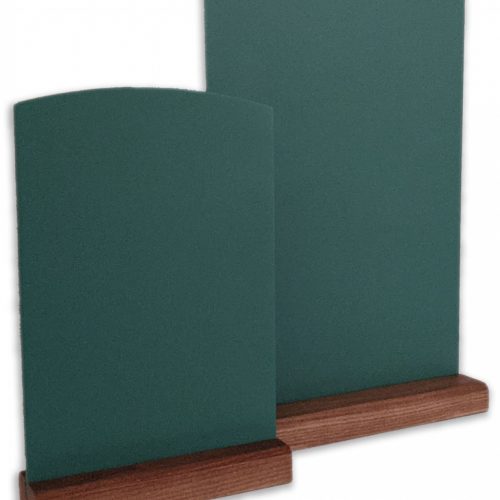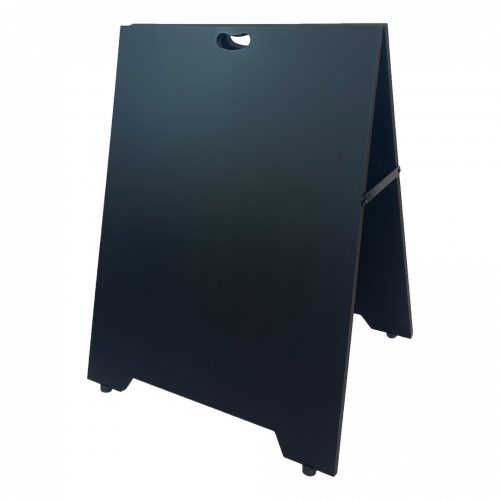Imagine stepping into a old classroom, sunlight streaming through dusty windows and illuminating a scene straight out of history. The stern teacher stands at the front, a long wooden pointer tapping rhythmically against a towering wall of… black slate? That’s right, the humble chalkboard – a seemingly simple tool that has served as a silent witness to centuries of learning, creativity, and even a shopping list or two.
But the story of the chalkboard goes far beyond dusty classrooms. From ancient civilisations etching messages in stone to the ever-evolving menu scrawled on you local pub’s chalkboard, this versatile surface has played a fascinating role in communication and information sharing throughout history. So, put down your tablet (very good! -Ed) for a moment and join us on an interactive journey as we explore the evolution of the chalkboard, from its humble beginnings to its place in our modern world.
Etchings of the Past: Erasable Surfaces Before the Blackboard
Long before the familiar sight of a chalkboard graced classrooms, our ancestors craved a way to capture and share thoughts on a reusable surface. Think of it as the prehistoric version of the “save as draft” function. In ancient Mesopotamia, for example, students might have used sharpened reeds to scratch cuneiform script onto clay tablets – a far cry from a smooth writing surface, but a testament to the enduring human desire for erasable communication.
Fast forward a few millennia, and we find Egyptians using wax tablets and styluses – the original pen and paper, if you will. These early writing tools offered a more forgiving surface than clay, allowing for revisions and corrections – a crucial element for any budding scholar! While these early erasable surfaces lacked the visual impact of a towering slate board, they planted the seeds for the chalkboard’s eventual development.
While digital displays and interactive whiteboards have become increasingly popular in classrooms, the chalkboard hasn’t faded entirely into obscurity. There’s a certain magic associated with the soft scratch of chalk, the vibrant colours that can be used, and the impermanent nature of the writing. This impermanence can be strangely liberating – a reminder that mistakes are just a swipe of the eraser away, and new ideas can be written over the old.
Today, chalkboards have found a new lease on life in our homes. Imagine a cozy kitchen with a chalkboard wall, transformed into a dynamic grocery list or a space for inspirational quotes. Playrooms adorned with miniature chalkboards become havens for artistic expression and imaginative play. Chalkboards even grace restaurant walls, adding a touch of nostalgia and allowing patrons to witness the daily specials come to life in colourful chalk.
The enduring appeal of the chalkboard lies not just in its functionality, but in the emotional connection it evokes. It’s a tangible reminder of simpler times, a gateway to unleashing creativity, and a symbol of the ever-evolving journey of learning and communication. So, the next time you see a chalkboard, take a moment to appreciate its rich history and the unique role it continues to play in our world. Who knows, you might even be inspired to pick up a piece of chalk and rediscover the simple joy of putting your thoughts to a writable, erasable surface.
The Birth of the Blackboard (1800s): A Simple Solution with Lasting Impact
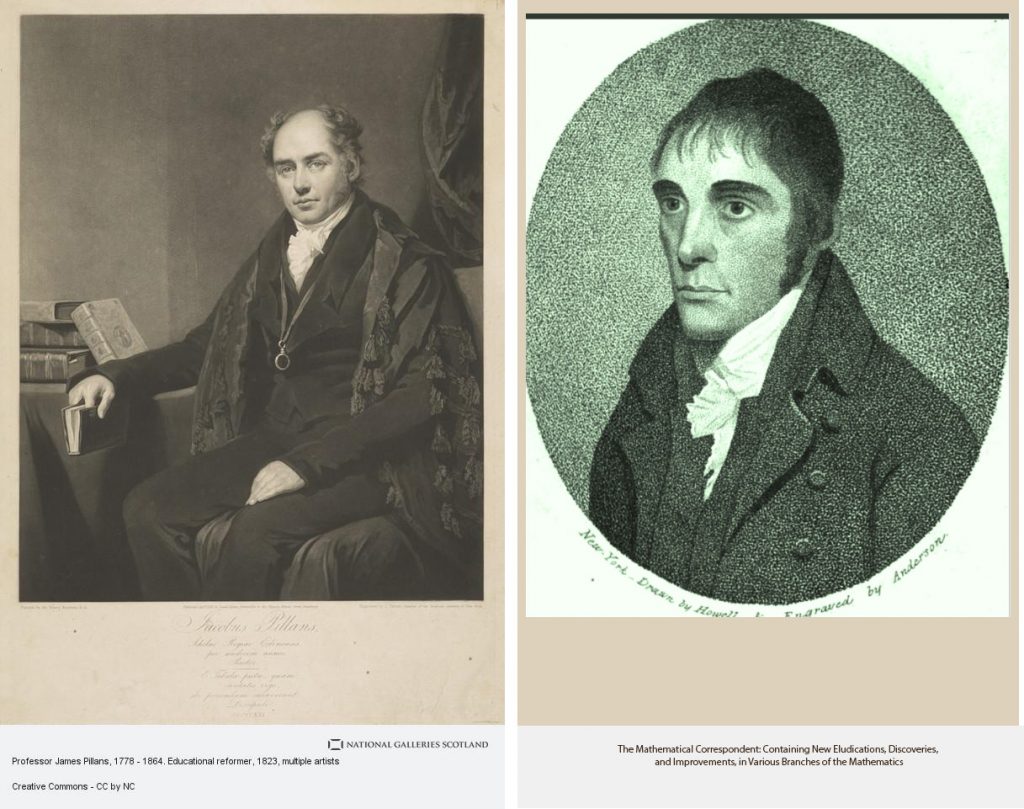
The 1800s ushered in a new era for education, and with it, the birth of the modern chalkboard. While the exact origin story is debated, two key figures emerge as the chalkboard’s potential godfathers: James Pillans, a Scottish educator, and George Baron, his American counterpart.
Picture this: Pillans, frustrated with the limitations of individual slates for his geography lessons, is said to have hung a large piece of slate directly on the classroom wall. Suddenly, a whole new world of instructional possibilities opened up. Imagine being able to write large diagrams, maps, or key points for the entire class to see simultaneously – a revolutionary concept in a time when education often relied on repetition techniques.
Across the Atlantic, George Baron was experiencing a similar epiphany. In his mathematics lectures, Baron is credited with using a large slate board to present complex equations and problems. This simple innovation not only allowed him to illustrate his points visually but also fostered a more interactive learning environment, where students could follow along and potentially even contribute to the “board work.”
The material of choice for these early chalkboards? Slate, of course! This naturally dark and relatively smooth stone offered a practical writing surface. Plus, it was readily available in many regions, making it a reasonably cost-effective solution for schools struggling to meet the growing demand for educational resources. The invention of the chalkboard wasn’t just about the writing surface itself, but the way it transformed the educational landscape, paving the way for a more collaborative and engaging learning experience.
The Rise and Evolution of the Blackboard (19th & 20th Centuries)
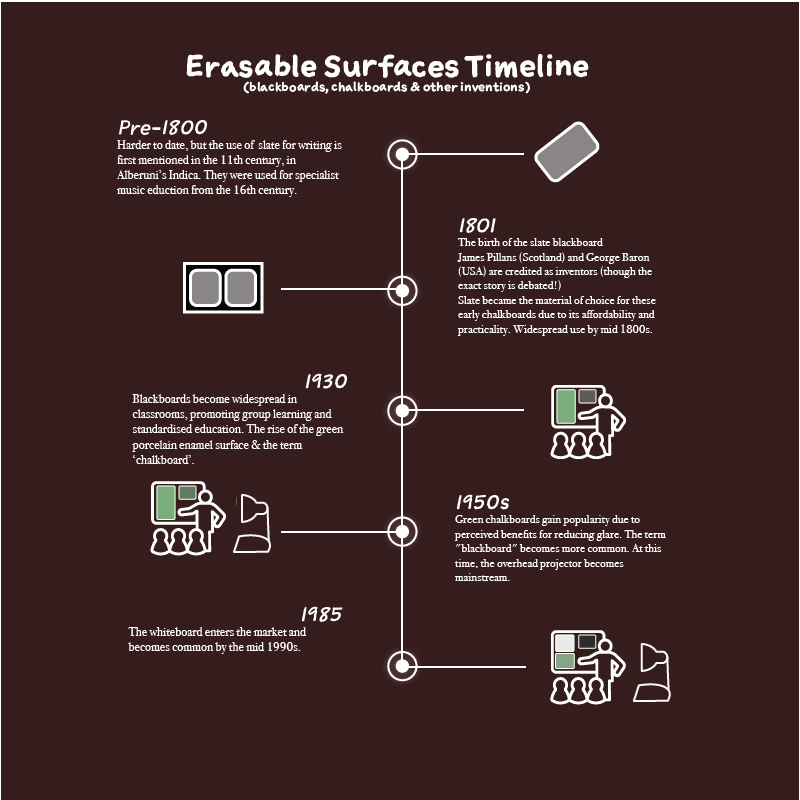
Chalkboard timeline infographic in SVG format for download
By the mid-19th century, the chalkboard had become a ubiquitous fixture in classrooms around the world. Imagine a network of classrooms, each one buzzing with activity, the rhythmic squeak of chalk a constant soundtrack to the learning process. The chalkboard revolutionised education by:
- Facilitating Group Learning: No longer confined to individual slates, students could now learn from large-scale diagrams, maps, and written information displayed for the entire class.
- Enhancing Engagement: Teachers could use the chalkboard to create visual aids, spark discussions, and even involve students in writing exercises directly on the board.
- Promoting Standardisation: The widespread adoption of chalkboards helped create a more standardised learning experience across different schools and regions.
But the story of the chalkboard doesn’t end there. The 20th century saw further developments and a slight color shift:
- The Green Revolution: While traditionally black, green chalkboards became increasingly popular in the 1960s. Some research suggested that green surfaces reduced glare and eye strain, making them a more comfortable choice for students. This shift also ushered in the term “blackboard,” which began to be used more frequently alongside “greenboard.”
- The Rise of Competitors: The latter half of the 20th century saw the emergence of new players in the erasable surface game – whiteboards and projector screens. These newer technologies offered advantages like cleaner erasing and the ability to display multimedia content.
Despite the rise of these competitors, the chalkboard remained a staple in many classrooms, cherished for its affordability, simplicity, and the nostalgic charm it brought to the learning environment. Stay tuned for the next chapter in our chalkboard journey, where we’ll explore its diverse applications beyond the classroom walls!
Beyond the Classroom: A Multipurpose Marvel
The chalkboard’s impact extends far beyond the confines of a classroom. Think of it as a chameleon, adapting to different settings and purposes throughout history. Here’s a glimpse into the diverse world of chalkboards:
- Public Messengers: Imagine bustling town squares where towering chalkboards displayed important announcements, upcoming events, or even public notices. These community chalkboards served as a vital communication tool, keeping residents informed in a time before widespread newspapers or digital displays.
- Restaurant Menus: Craving a juicy burger or a slice of homemade pie? For decades, countless restaurants have relied on chalkboards to showcase their culinary delights. The ever-changing menu scrawled in colorful chalk adds a touch of personality and allows restaurants to update their offerings with ease.
- Signage with Soul: From quaint shops to bustling markets, chalkboards have been used to create eye-catching signage. Imagine a charming bakery with a chalkboard outside, proudly displaying the day’s fresh bread selection. The impermanent nature of chalk allows businesses to keep their signage dynamic and reflect seasonal specialties or promotions.
- Artistic Canvas: The chalkboard transcends mere information sharing and can also be a platform for artistic expression. Think of street performers using chalkboards to showcase their illustrations or musicians sketching out musical scores. These temporary displays add a touch of whimsy and creativity to public spaces.
These are just a few examples of how the chalkboard has transcended its educational roots and become a versatile tool in various settings. It’s a testament to the enduring human desire for a writable, erasable surface that can be adapted to suit a multitude of functions.
A short history timeline of rewriteable devices and products
Over history it is easy to observe that 2 technologies have dominated the history of the chalkboard. The first is the act of creating a non-permanent mark on another object, with the second being the art of projection. Paper, slate, blackboards, whiteboards and transparent films all rely on making marks. The transparent films are used with the second technology of projection, typically where the film is small and is projected by a light source onto another surface. Projection has envolved into film and screen technology and after 1978, is very much software and hardware driven as we know it today.
The Enduring Legacy of the Chalkboard
The chalkboard’s journey through time has been nothing short of remarkable. From its humble beginnings as a reusable writing surface in ancient civilisations to its prominent role in shaping modern education, the chalkboard has served as a silent witness to countless lessons learned, ideas sparked, and memories made.
While digital displays and interactive whiteboards have become increasingly popular in classrooms, the chalkboard hasn’t faded entirely into obscurity. There’s a certain magic associated with the soft scratch of chalk, the vibrant colors that can be used, and the impermanent nature of the writing. This impermanence can be strangely liberating – a reminder that mistakes are just a swipe of the eraser away, and new ideas can be written over the old.
Today, chalkboards have found a new lease on life in our homes. Imagine a cozy kitchen with a chalkboard wall, transformed into a dynamic grocery list or a space for inspirational quotes. Playrooms adorned with miniature chalkboards become havens for artistic expression and imaginative play. Chalkboards even grace restaurant walls, adding a touch of nostalgia and allowing patrons to witness the daily specials come to life in colourful chalk.
The enduring appeal of the chalkboard lies not just in its functionality, but in the emotional connection it evokes. It’s a tangible reminder of simpler times, a gateway to unleashing creativity, and a symbol of the ever-evolving journey of learning and communication. So, the next time you see a chalkboard, take a moment to appreciate its rich history and the unique role it continues to play in our world. Who knows, you might even be inspired to pick up a piece of chalk and rediscover the simple joy of putting your thoughts to a writable, erasable surface.
Majisign Chalkboard Products
We use the humble chalkboard as a versitile component of many of our products. Rather than list them all here, I’ve chosen a few that fit neatly into showing you how the history of the chalkboard has influenced our current range of display products.
Remember when the green chalkboard was released in the 1960s? We have a beautifully finished Green Table Top Chalkboard product for you to buy. If you’d like any of our current chalkboard range in this colour, please ask for a quote. Additionally, we use larger chalkboards as the face of a pavement sign or as inserts in our reversible range. Chalkboards are used in a smaller form in our wine tag and small tag products.
To learn more about our chalkboards, the process or to discuss custom requirements, feel free to read on;
Chalkboard Guide for 2023
From Dusty to Dazzling: Your Essential Chalkboard Maintenance Tips
How to create the perfect chalkboard


